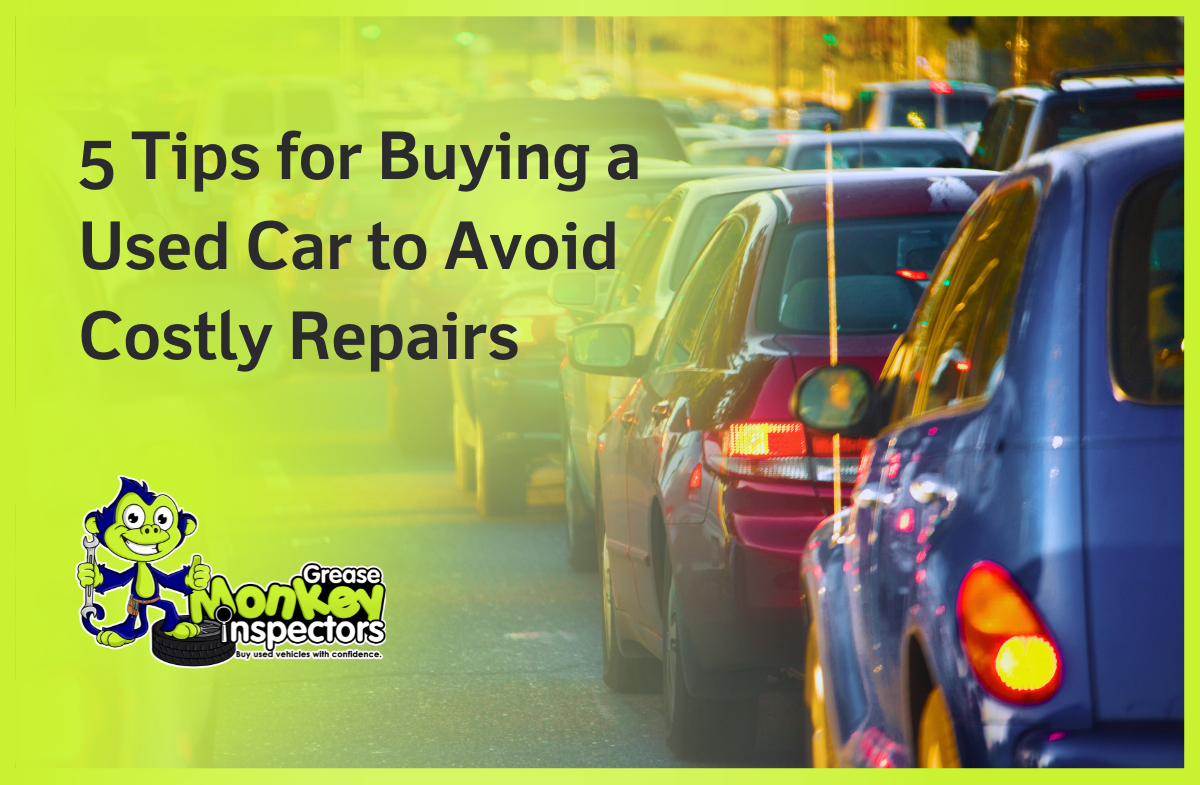Buying a used car can be an exciting and cost-effective way to upgrade your ride. But skipping a pre purchase inspection can leave you with unexpected financial headaches. Even more concerning is that pre-purchase inspection scams are becoming increasingly common in Canada leaving unsuspecting buyers at a loss.
Common Pre Purchase Inspection Scams
Here’s a closer look at the pitfalls some buyers face when seeking a used vehicle inspection:
- Inspectors without qualifications – Some services use untrained personnel who lack the knowledge to spot important problems and falsely advertise their credentials.
- False Reports – To appease the seller some scam services create inspection reports that are excessively optimistic.
- Missed Checks – They may portray that they are doing a comprehensive inspection but overlook important areas like electrical diagnostics or underbody damage.
Buyers who fall for these typical scams risk losing money in addition to receiving a dangerous or unreliable car.
How to Protect Yourself?
Taking a few precautionary steps can make all the difference when selecting a mobile pre purchase inspection service:
- Check your credentials. – Select services from technicians who are highly qualified and experienced. Greasemonkey Inspectors has a stellar customer record and over ten years of experience in the automotive sector.
- Request Comprehensive Reports – Demand that more than 300 checkpoints be inspected with pictures and videos included. This level of thoroughness will guarantee that nothing is overlooked.
- Verify Transparency – Trustworthy inspectors will report their findings honestly without trying to hide problems to benefit sellers.
- Research the Service – Check reviews and testimonials before making a reservation. Services like Greasemonkey Inspectors are great as they offer thorough diagnostics, on-site visits and honest recommendations.
- Always Plan Ahead – Inspections may be hurried by scammers. An expert reservation will request enough time for a comprehensive assessment, yet deliver you a fast service.
Also read – How to avoid scams when buying a used car
Make an Informed Purchase with Greasemonkey Inspectors
Pre purchase inspections are a powerful tool to eliminate risks and buy your used car with confidence. Avoid scams by choosing Greasemonkey Inspectors. We specialise in pre purchase vehicle inspection across Canada with certified mobile technicians and detailed condition reports. Book your inspection today and take the uncertainty out of buying secondhand.










